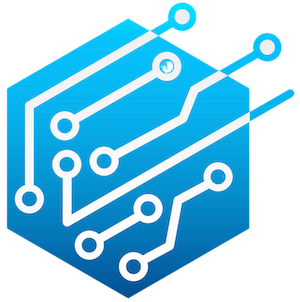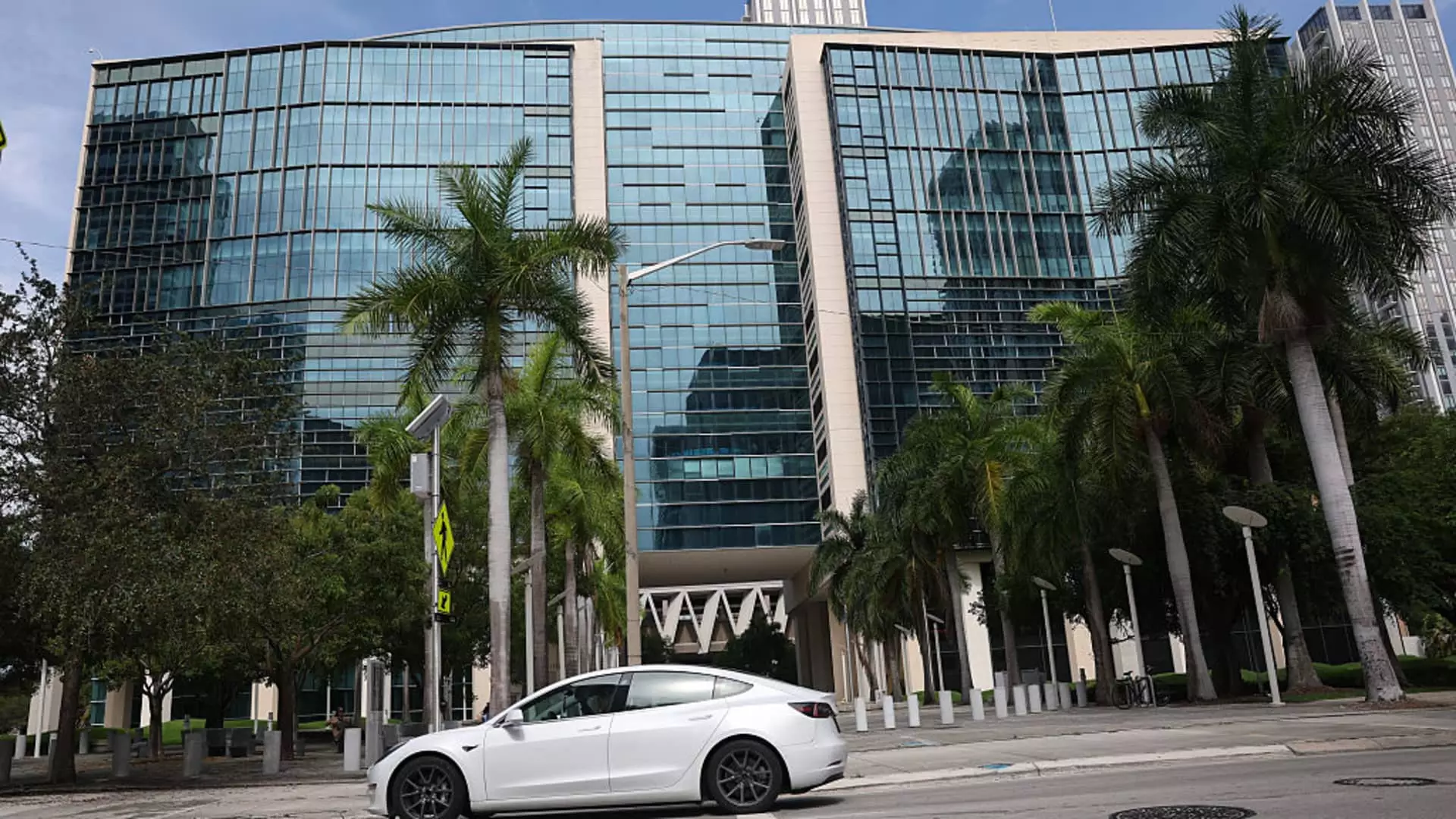This landmark case pits Tesla directly against the brutal realities of their autonomous driving claims, challenging the very foundation of the company’s reputation. It’s more than just a courtroom battle; it’s a confrontation between corporate innovation promises and the stark, often tragic consequences of overconfidence in technology. The upcoming verdict holds significant weight not only for Tesla but for the future of vehicle automation, risk management, and corporate accountability.
At the heart of the matter is a 2019 tragedy in Key Largo, where the Autopilot system, touted as an advanced driver-assistance feature, allegedly failed in a way that led to a fatal crash. The incident underscores the dangers of overhyping semi-autonomous technology, especially when consumers are misled into believing they are more in control than they truly are. The plaintiff’s plea for $345 million reflects an urgent demand for accountability and a wake-up call to a company that has as much to lose—if not more—than its reputation.
What makes this case profoundly compelling is the way it exposes the gap between Tesla’s marketing narrative and the actual safety performance of its Autopilot features. Witnesses and expert testimonies suggest that Tesla, led by Elon Musk’s promotional bravado, painted an overly optimistic picture of what Autopilot could accomplish. This has not only misled consumers into complacency but arguably encouraged dangerous overreliance, which culminated in tragedy. The stark language used by attorneys—claiming Tesla’s reckless disregard—dresses the company’s technological claims in a darker hue.
It’s impossible to ignore the implications of Tesla’s strategy to market an evolving, partially automated system as a near-autonomous solution. While the company touts constant improvements, history shows these claims often stretch the truth, or, at best, fall short in real-world scenarios. The court’s scrutiny highlights a larger issue facing the autonomous vehicle industry: where does safety end and hubris begin?
The Broader Impact: Are Automated Vehicles Ready for Prime Time?
Several layers deepen the controversy surrounding this case. For starters, the technology itself isn’t a finished product—yet Tesla, and other companies, have vigorously promoted Autopilot as a near-ready driverless solution. This trial serves as a mirror reflecting the risks of rushing technological claims to market before ensuring comprehensive safety and reliability. It’s a reminder that innovation should never come at the expense of human lives.
There’s also a clear tension between corporate interests and consumer protection. Tesla’s aggressive push into autonomous technology is driven by a desire to dominate a lucrative market and boost shareholder value. But if the technology fails to meet its lofty promises, the consequences extend far beyond reputation—costing families their loved ones and unleashing widespread safety concerns. The risk is that Tesla’s pursuit of technological prestige could undermine public trust in genuinely safe autonomous systems, should they ever be perfected.
Furthermore, the case emphasizes the importance of regulatory oversight—or lack thereof—in autonomous vehicle deployment. While Tesla suggests that its systems are marketed with user advisories and instructions, the court’s focus on misleading statements raises questions about whether current regulations adequately shield consumers from premature or exaggerated claims. The court’s potential to highlight reckless disregard for safety might push lawmakers to enforce stricter standards on autonomous vehicle marketing and development.
This trial also acts as a moral compass, challenging Musk’s narrative of innovation at all costs. If the court finds Tesla culpable—either through gross negligence or reckless disregard—it would mark a pivotal shift in how corporations handle emerging technologies. It could set a precedent that companies must prioritize human safety over competitive edge and financial gains, compelling a reevaluation of tech development philosophies.
Ultimately, this case is not simply about one tragic accident; it’s a test of our collective ability to responsibly integrate cutting-edge automation into daily lives. Tesla’s vision of autonomous vehicles promises a future of safer, more efficient transportation—yet, without accountability and rigorous safety standards, that vision remains a dangerous illusion. The forthcoming verdict may determine whether Tesla’s pursuits are driven by genuine innovation or reckless ambition that risks lives in its pursuit of market dominance.


Leave a Reply